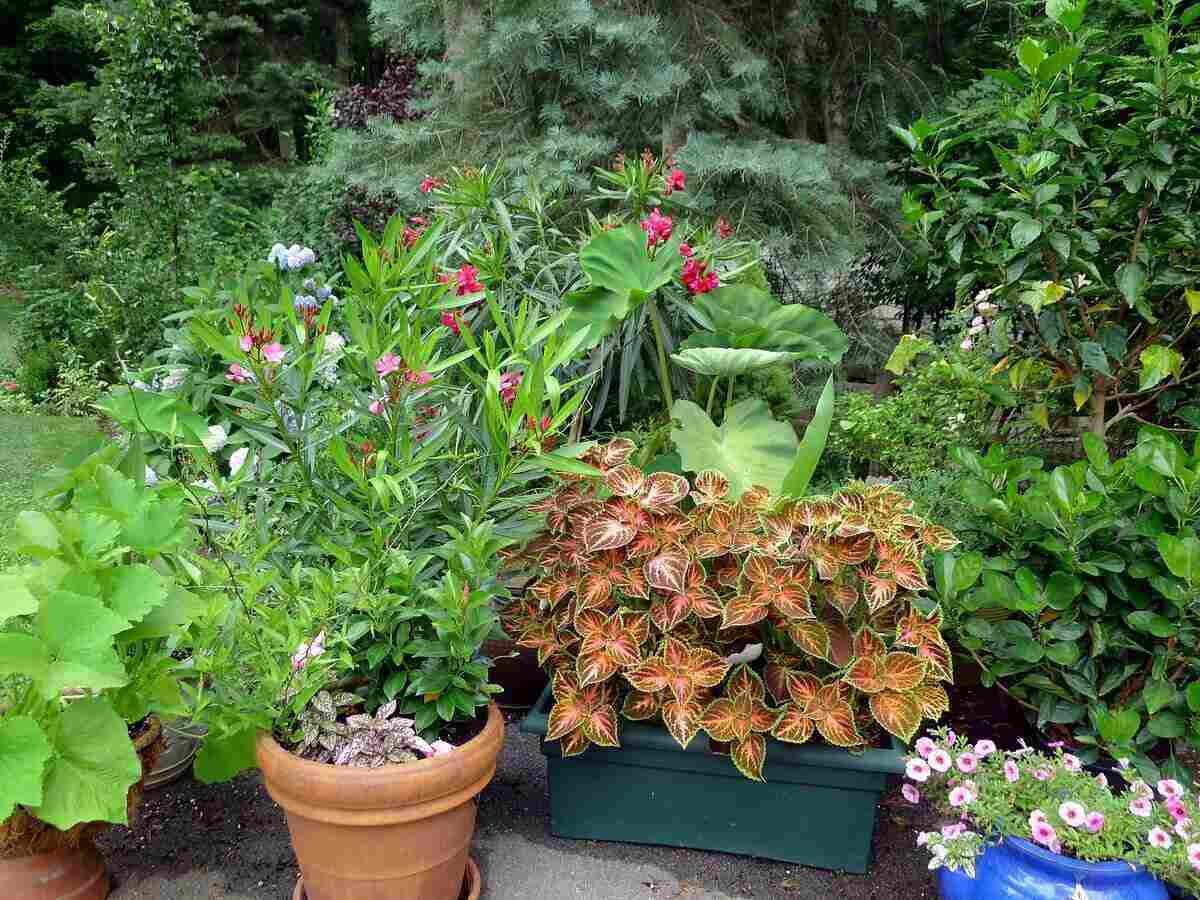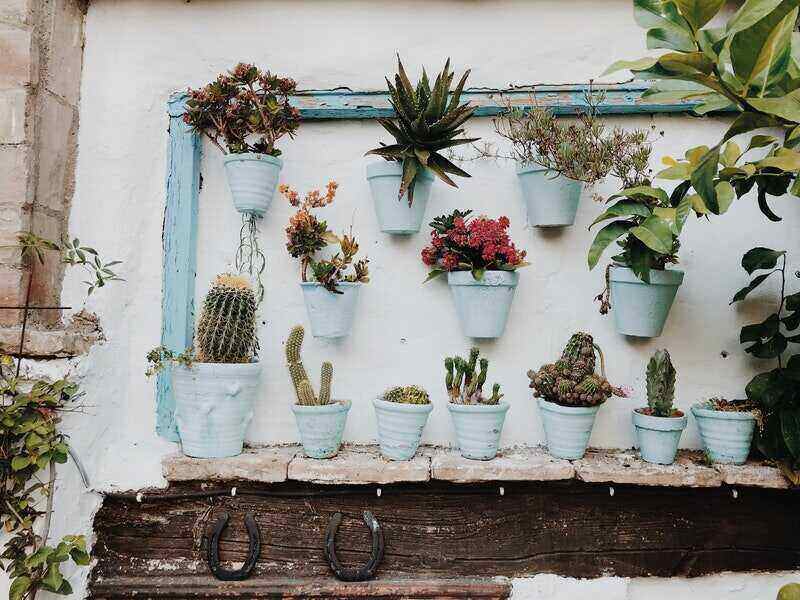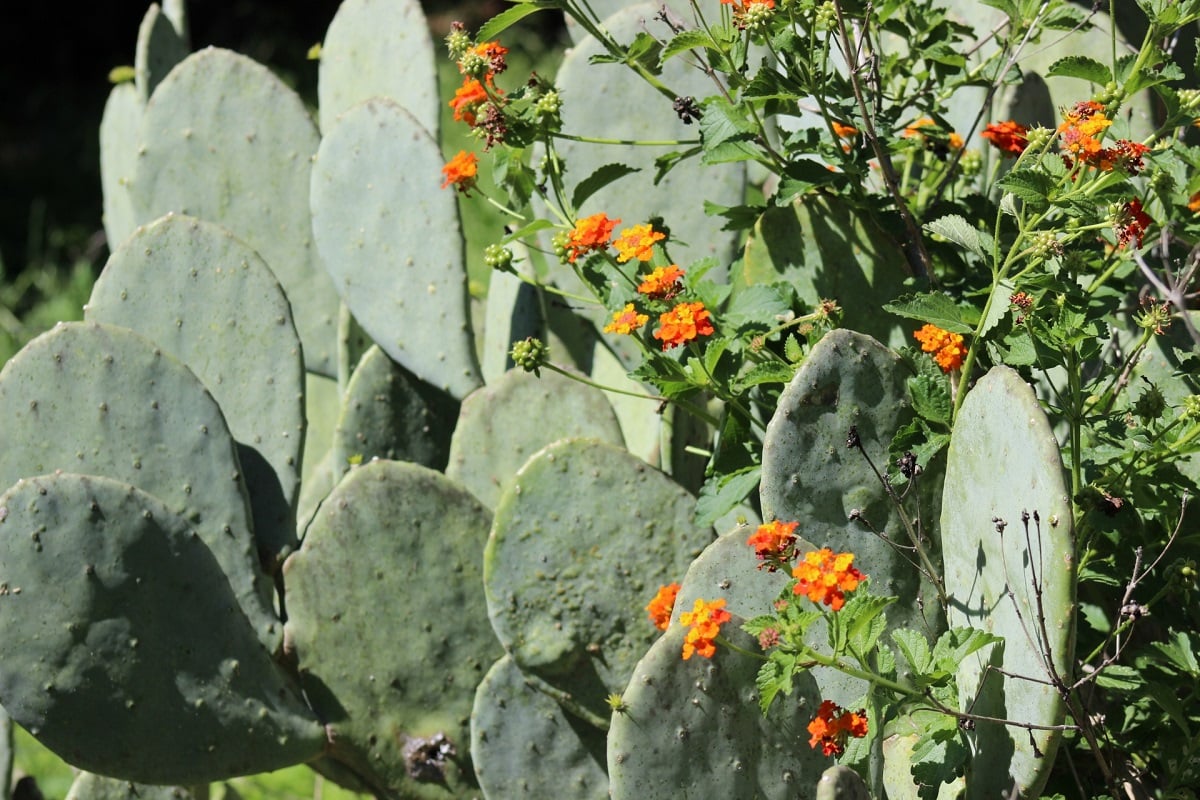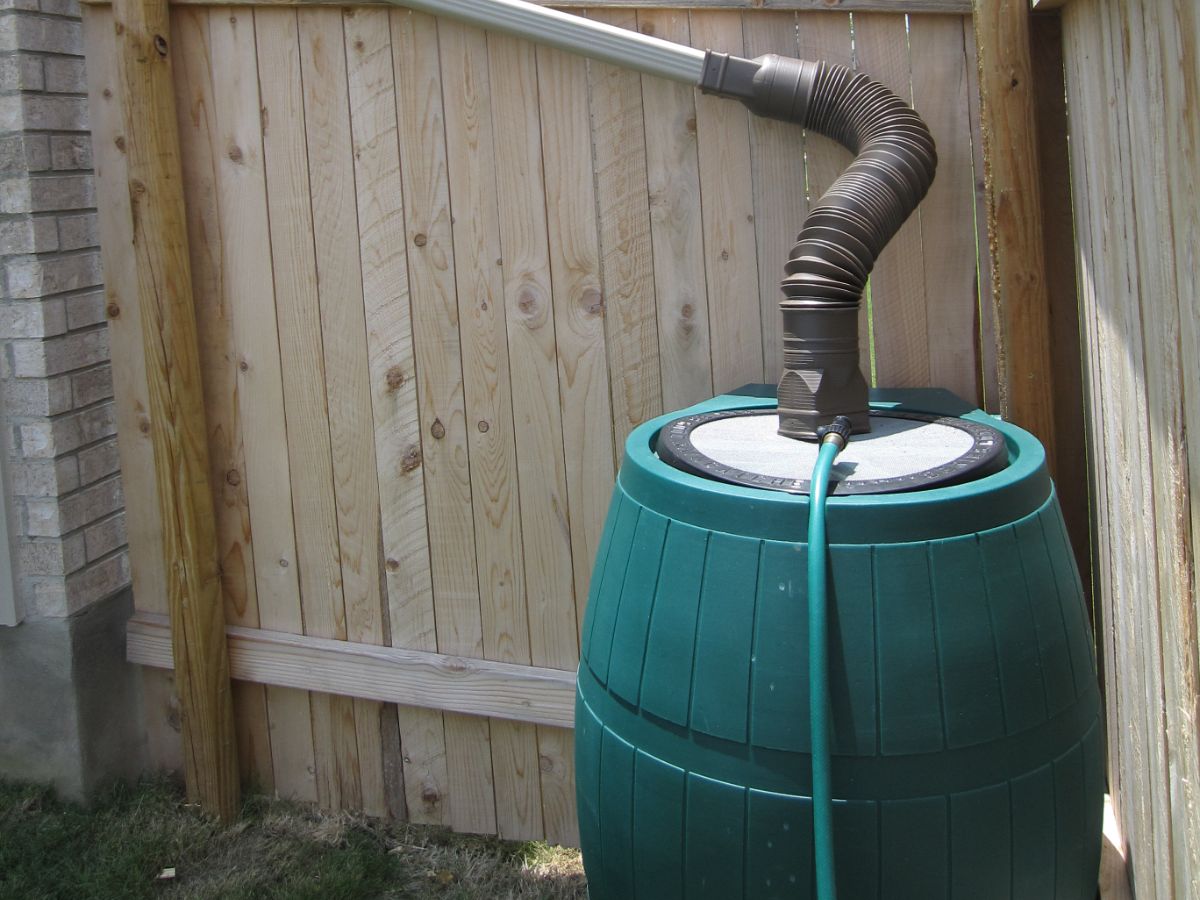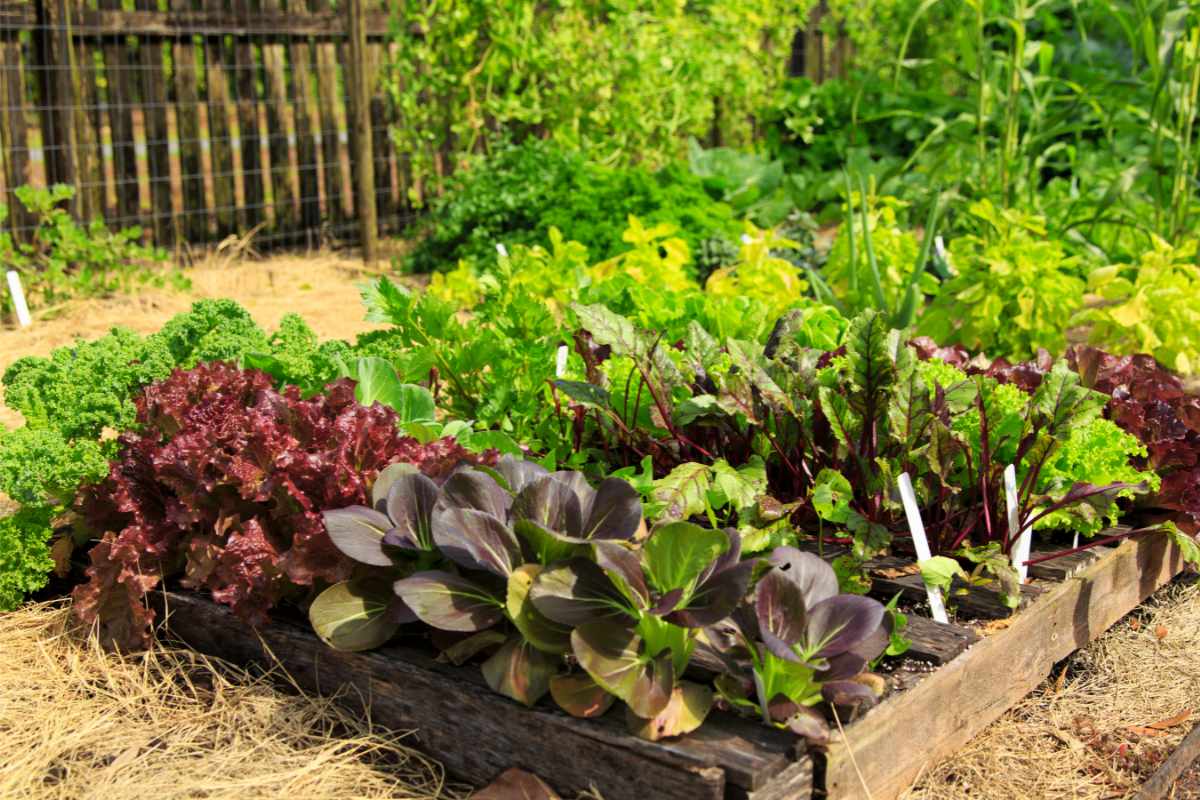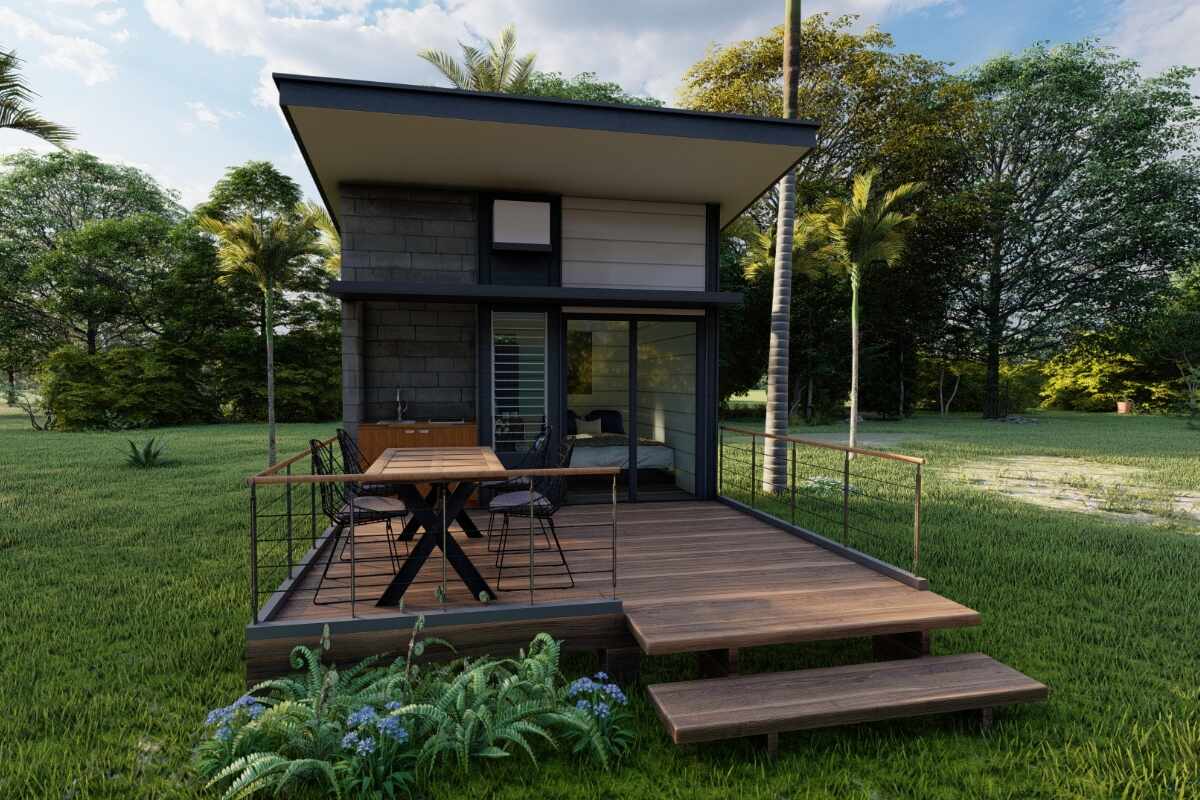
When you live in a tiny home, you may not think you have room to spare for plants and flowers but think again. Here are 10 easy gardening tips for in and around your tiny home.
Why garden around your tiny home? Whether you live in a tiny home community or out in the open, bringing nature to your doorstep is always a good idea. Gardening, whether on the kitchen counter or in a field, is therapeutic, good for the environment, and rewarding.
Outside Gardening
1. Container Gardening
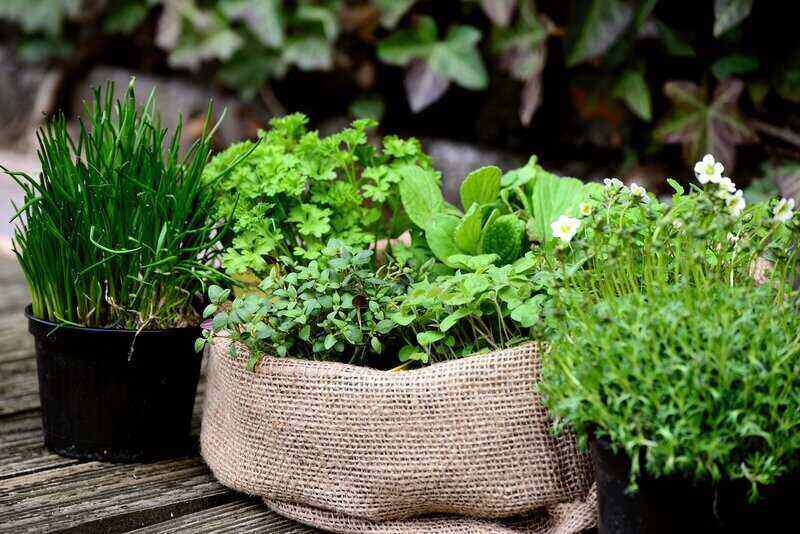
Using containers for your plants not only makes them easy to rearrange or take with you when you move, but it also allows you to be creative and show off your sense of style.
From teacups for herbs to large terracotta pots for shrubs, the possibilities are endless.
Great container plants:
- Herbs
- French Hydrangeas
- Lantana
- Zinnias
2. Raised Bed Gardening
If you have space but don’t want to dig in the ground, a raised bed for your garden is a great way to easily care for your plants. Add a bench that doubles as storage for your tools and a small table to make this space extra efficient.
Plants that do well in raised garden beds include:
- Daylilies
- Daisies
- Black-eyed Susans
- Lavender
- Root vegetables
- Lettuce and leafy greens
3. Vertical Gardening
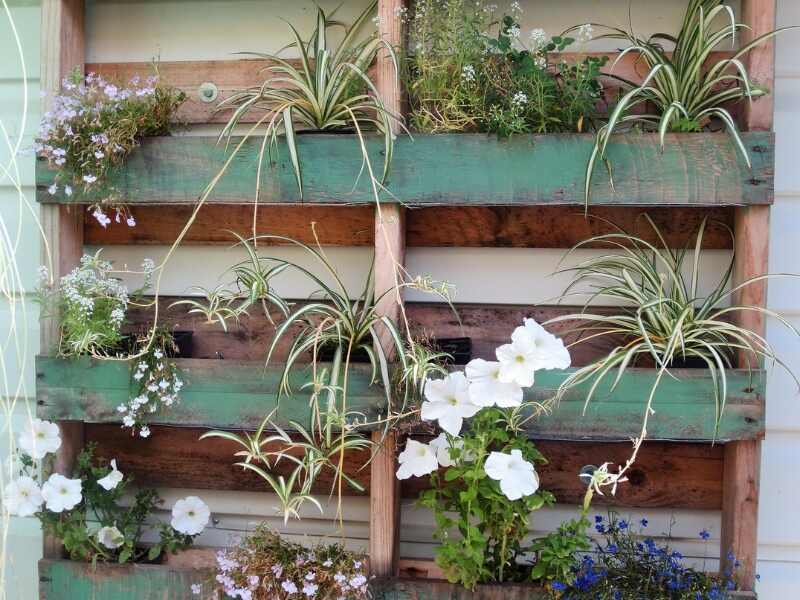
Lacking ground space? No problem! Just look up. Use ladders, pallets, the side of your tiny house, or even the railing on your fence to create a vertical garden. Other options include arches, trellises, and poles.
Plants for vertical gardens include:
- Petunias
- Begonias
- Succulents
- Vines and ivy
4. Water Plants
Do you have a pond? Add some plants to it! Do you want a pond but don’t have the space? Create a pond in a container. Water plants add color and interest to a pond, even if it’s a small one in a container.
Easy-to-care-for water plants include:
- Rain lilies
- Water hyacinths
- Lotuses
5. Bog Garden
For tiny house gardening that’s more unconventional, start your own bog garden. Bog gardens can be in the ground or in a container, depending on your preferences and space availability.
Bog garden plants include:
- Carnivorous plants (sundews, northern purple pitcher plants, and Venus fly traps)
- Cranberries
- Grass pink orchids
6. Rain Garden
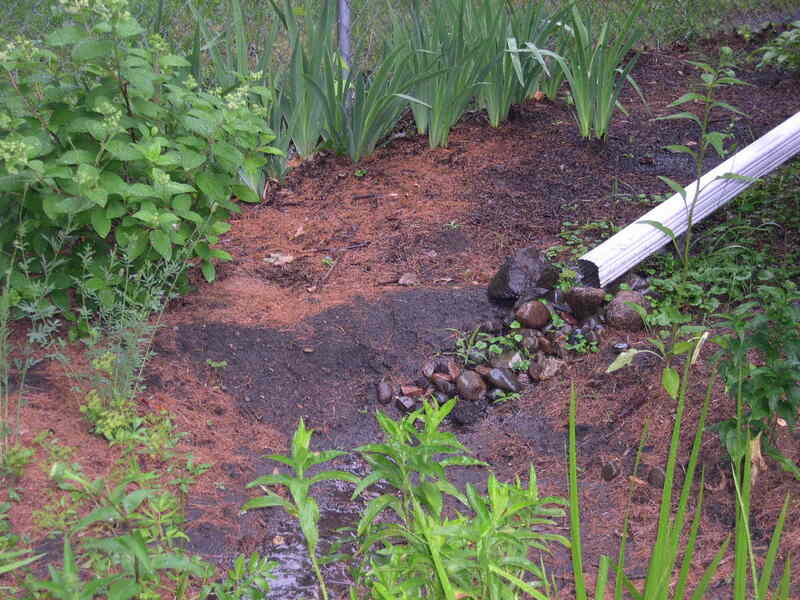
Looking for a way to be more eco-friendly and use rainwater instead of water from a hose? Use a rain barrel to collect rainwater, and create a rain garden.
Try these plants in your rain garden:
- Douglas aster
- Sword fern
- Purple coneflower
- Oregon grape
Note: Check rainwater harvesting rules and incentives in your state.
Indoor Gardening
7. Kitchen Gardening
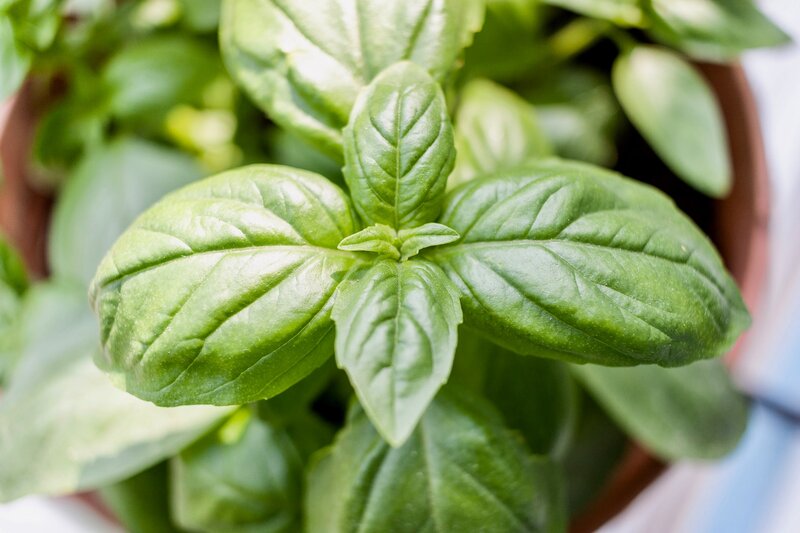
Even if you have a sizable garden outside your window, having fresh herbs at your fingertips in the kitchen is a delight. Pizza gardens and cocktail gardens make it easy to have all the best flavors right where you need them.
Common kitchen herbs include:
- Mint
- Thyme
- Rosemary
- Lemon verbena
- Tarragon
- Sage
- Cilantro
- Edible flowers (rose, calendula, hibiscus)
8. Scrap Gardening
Don’t toss out the base of a head of lettuce or celery – plant it! Alternatively, instead of planting these scraps, you can compost some food waste and turn that into fertilizer for the other plants you’re growing.
Plants you can grow from scraps include:
- Garlic
- Green onions
- Lemons
- Avocado
- Carrots
9. Hanging Plants
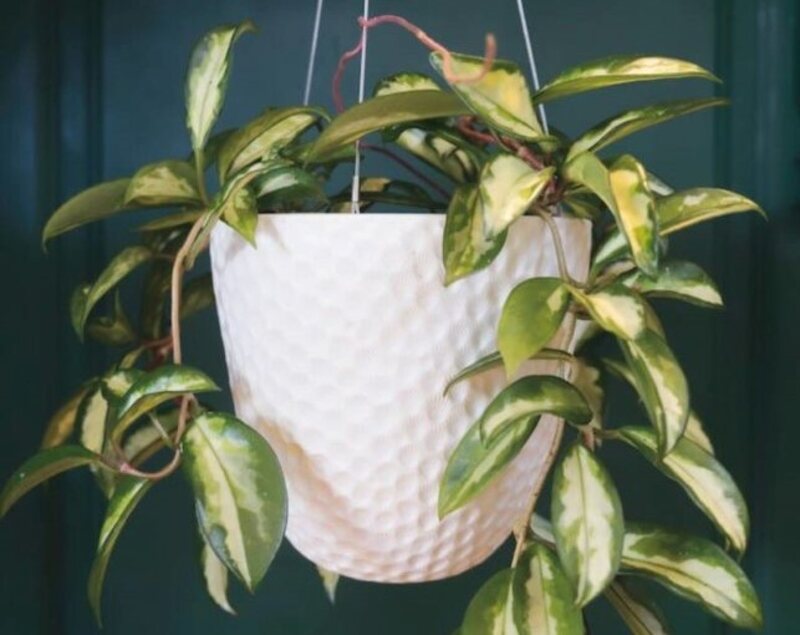
Finding places for plants can be challenging when space is limited in a tiny home. So why not hang plants? You can use the side of a shelf, a curtain rod, or a hook on the wall to hang your plants.
Plants with trails that are great for hanging up high include:
- Brasil philodendron
- Spider plants
- Pothos
- Strawberry begonia
10. Air Plants
For an effortless, light, and airy feel in your tiny home, add some air plants in clear glass terrariums. Air plants like a lot of light and need only a small amount of water.
Common air plants for your home include:
- Spanish moss
- “Fuego” sky plant
- Pink quill plant
- Sky plant
- Whitestar
FAQ About Tiny House Gardening
Do you need grass?
If you have limited ground space around your tiny home, consider whether or not you need grass. Would you be able to use your small space more effectively with gravel, pavers, or stones instead? Also, consider grass alternatives such as moss or mulch.
How do you want to use the space around your tiny house?
Will you be entertaining a lot in your garden? If so, choose furniture wisely. Is this going to be a space where you can relax and have privacy away from neighbors? Certain ornamental grasses make great “fences.”
What do you want to grow in your tiny house garden?
Certain plants and flowers will attract birds, butterflies, and bees, making an environmentally friendly pollinator garden. Do you want to grow your own fruits and vegetables? Or do you just want beautiful flowers to admire?
Choose plants wisely. When choosing plants for your garden, make the most of it by selecting plants with year-round interest. For example, the plant “Burning Love Leucothoe” changes from bright red leaves in the spring to deep green in the summer and burgundy in the fall and winter.
What if I want to be in my tiny house garden after sundown?
Incorporate lighting into your garden space so you can use it day and night. Include comfy chairs, a bench, or floor cushions to sit and relax and soak up the beauty. You might even choose to plant a moon garden.
Find a Gardening Pro Near You
Living in a tiny home, it’s important to make the most of every inch you have. Use these tips to add natural beauty to your property and increase your enjoyment of the small space you have.
Love these ideas, but don’t have a green thumb? LawnStarter has local landscaping pros who can create the perfect garden to complement your space and lifestyle. It’s easy to get a quote –– just click here, call, or download our app to get started.
Feature image source: The Digital Architect / Canva Pro / License
